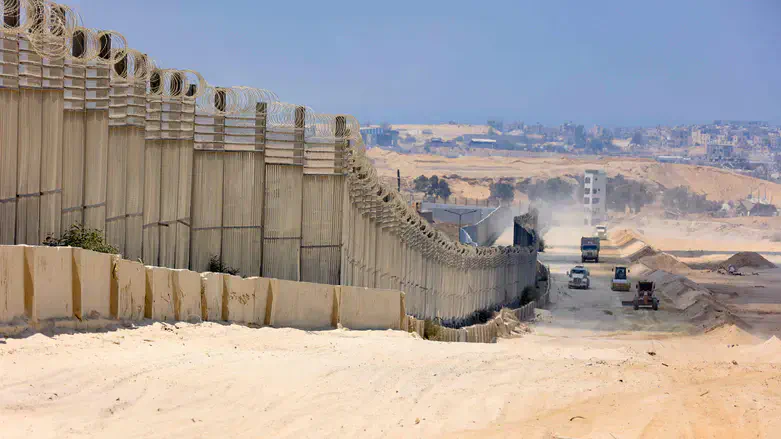
Israeli Prime Minister Benjamin Netanyahu added five new conditions to Israel's offer for a ceasefire-prisoner swap deal, the New York Times reported.
The Times quoted unpublished documents reviewed by its journalists, which seemingly showed that in late July, Israel sent a list of new conditions to the US, Egyptian, and Qatari mediators.
Among the changes allegedly inserted is that Israel maintain control of the Philadelphi Corridor - an issue which has proven crucial for Israel's security and ability to prevent another October 7 massacre in the future. Another change is "less flexibility" in how displaced Gazans will be allowed to return to northern Gaza.
The Times reviewed the documents and confirmed their authenticity with officials from Israel and other parties involved in the negotiations.
Responding to the Times article, Netanyahu's office denied claims that the documents referred to new conditions, instead explaining that the documents were intended to clarify the ambiguities which riddled the earlier proposal.
In a statement, the office said, "The July 27 letter does not introduce new terms. To the contrary, it includes essential clarifications to help implement the May 27 proposal.”
“Hamas is the one that demanded 29 changes to the May 27 proposal, something the Prime Minister refused to do,” the statement added.
The addition regarding the Philadelphi Corridor was added in the form of a map of the Gaza border area. The May proposal promised the "withdrawal of Israeli forces eastwards away from densely populated areas along the borders in all areas of the Gaza Strip," the report said.
In July, reports said that Israel had finally caved on the matter and agreed to fully withdraw from the border area. In fact, Israel is still in talks with Egypt on how to control the Philadelphi Corridor after the war, in a way which both countries deem as acceptable. While it is not clear that Israel will fully withdraw its forces from the border area, neither is it clear that Israel has refused to withdraw at all.
Regarding the second "change," the New York Times noted that the May proposal explicitly said that those returning to northern Gaza will not be "carrying arms while returning." However, due to pressure to advance a deal, explicit statements on how that would happen were not included in the May offer. The Times noted that the change "made the policy seem more symbolic than enforceable, prompting Hamas to agree to it."
But in July, Israel explained that the condition would need to be "implemented in an agreed upon manner."
Netanyahu's office explained that there is no contradiction between Israel's July proposal on the matter and its May proposal, but that Hamas is "unprepared to allow any mechanism to check for and prevent the passage of munitions and terrorists to the northern Gaza Strip," and that the terror group "is doing all this because it wants to recover and rebuild, and return again and again to the massacre of Oct. 7."
The Times article did not specify the other three changes.
This is not the first time Israel has been accused of inserting additional changes into the proposal: Last month, Al Akhbar claimed that Israel was trying to add four new demands to the ceasefire agreement; in fact, the only new demand among the four reported was that Israel requested guarantees to allow fighting to resume after the first stage of the deal.


